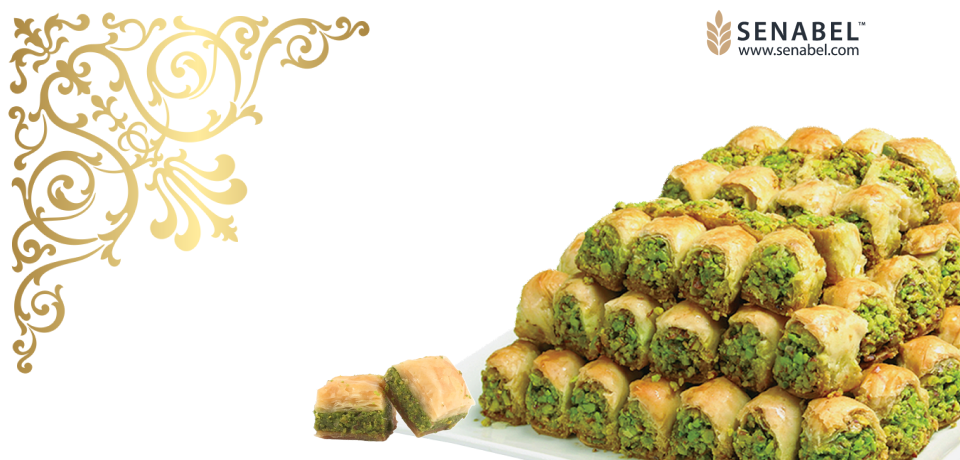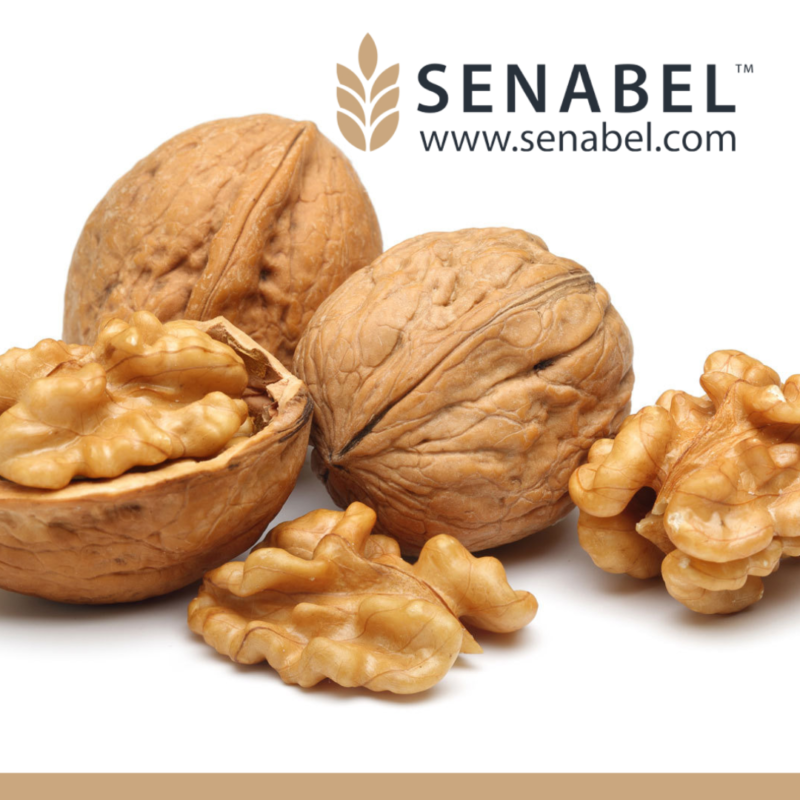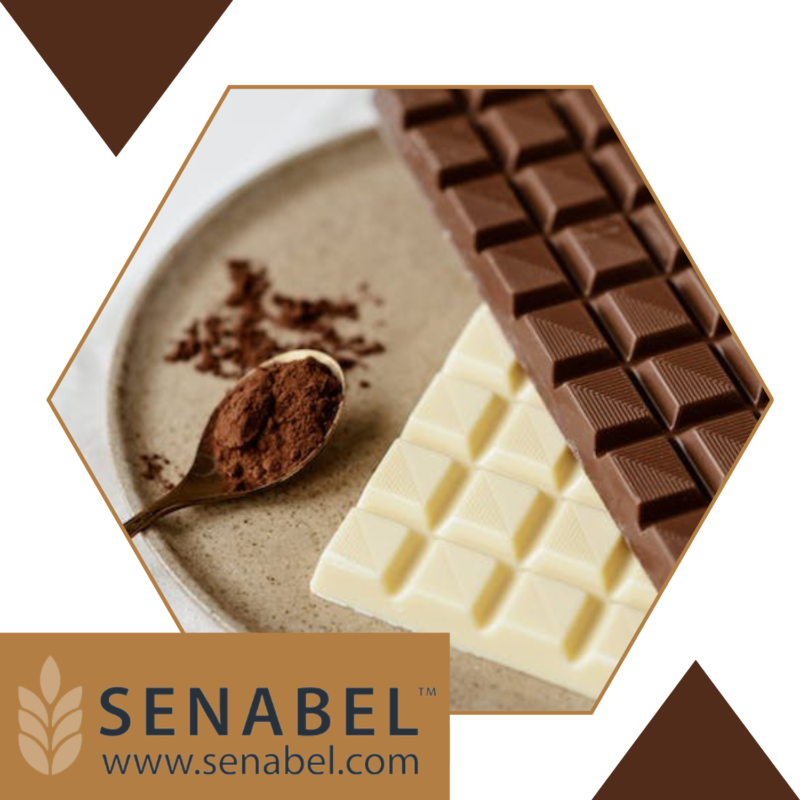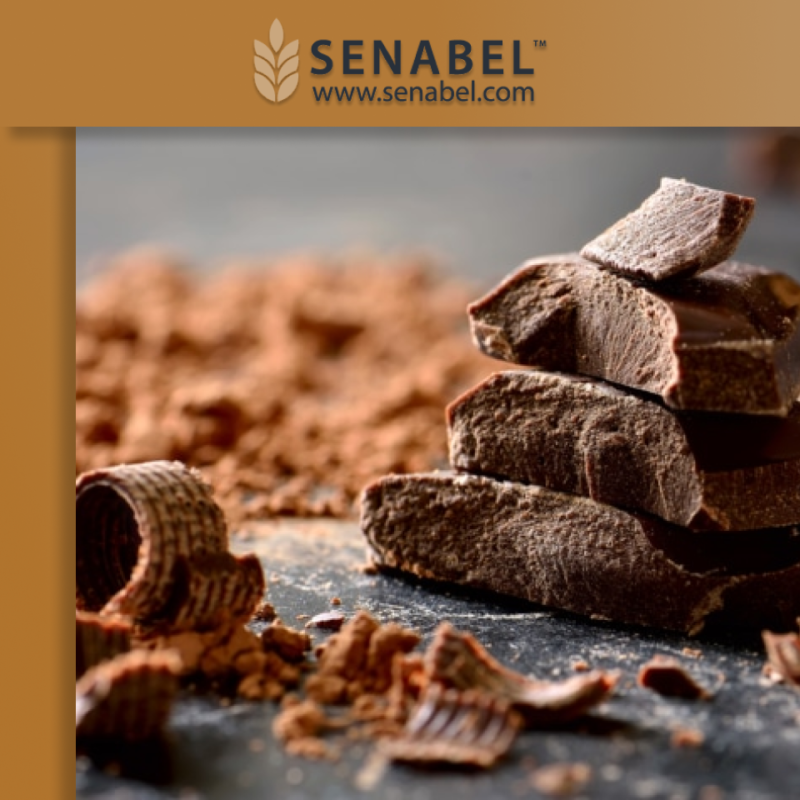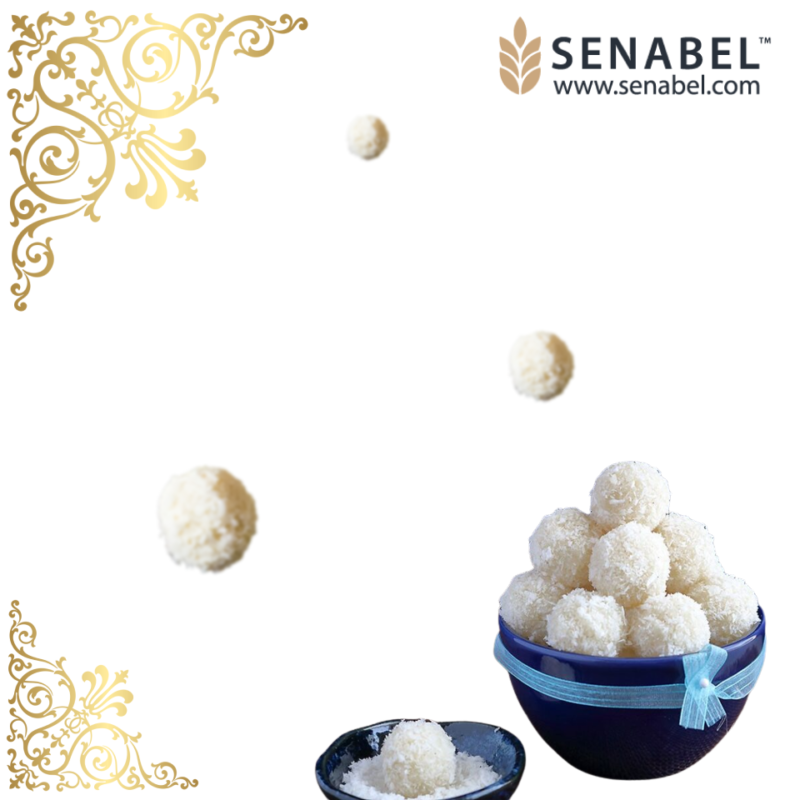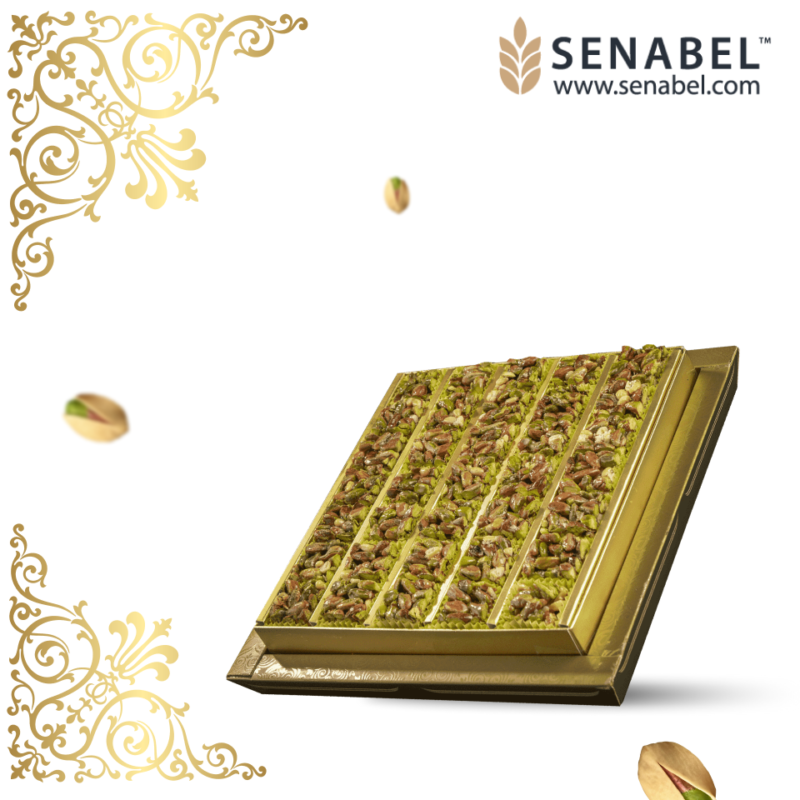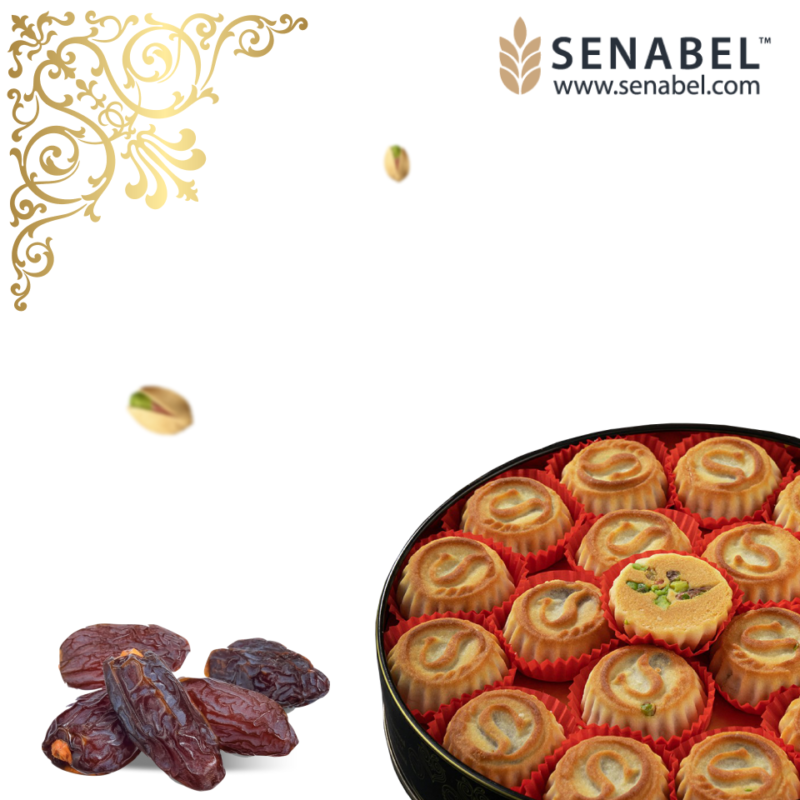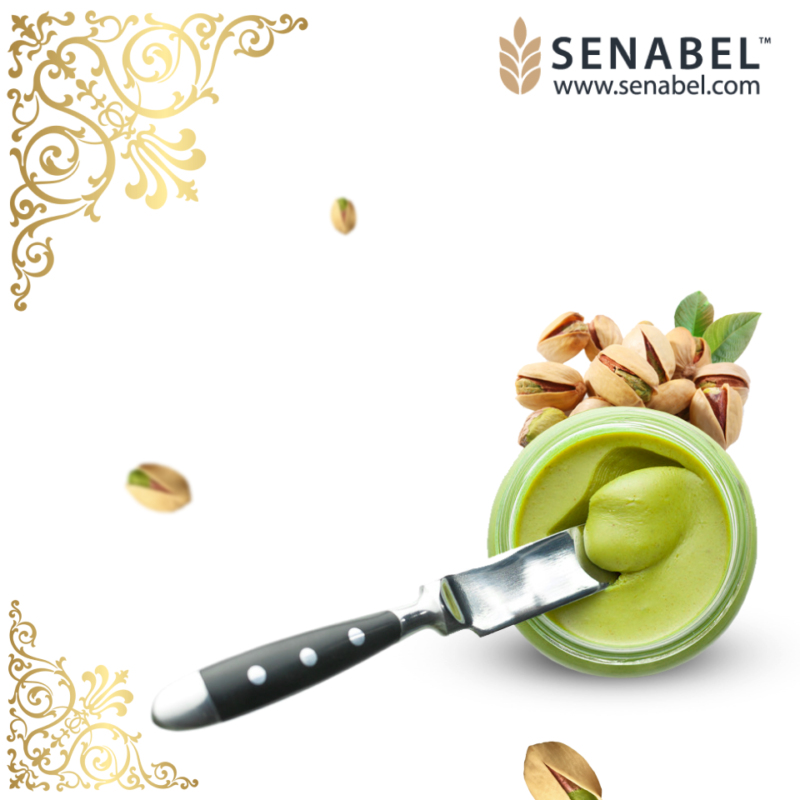Baklava is one of the most popular traditional desserts in the Arab world, and its origins go back to many ancient cultures and traditions. Baklava is a symbol of oriental heritage and one of the most delicious desserts that is widely recognized around the world. Let's take a look at the history of baklava and how it has spread over time.
Baklava's origins date back to ancient times, when it was considered a royal dessert in Eastern empires. Baklava is believed to have first appeared in Mesopotamia (an area that includes present-day Iraq and Syria) in ancient times, and was very popular among kings and rulers.
Over time, baklava spread to other Arab cities such as Damascus, Baghdad and Cairo. From there, baklava became one of the symbols of Eastern culture, reflecting Arab heritage and artistic craftsmanship.
Baklava is characterized by its thin dough made of flour and butter, and is filled with fresh nuts such as pistachios, almonds, and walnuts. The multiple layers of dough are layered and interspersed with the filling to create a unique and well-balanced combination of flavors and textures.
Baklava spread all over the world thanks to migration and cultural exchange. It became available in restaurants and oriental desserts around the world, and today it is considered one of the most important oriental desserts consumed on special occasions and holidays.
With its rich history and delicious taste, baklava has captured the hearts of many and has become an integral part of our rich heritage. Baklava continues to be a symbol of oriental hospitality and tradition, attracting people from all cultures to experience its unique and delicious taste.
The history of baklava reflects the beauty and richness of oriental heritage, and its intricate details and elaborate preparation reflect the craftsmanship and care that went into making it. It's not just a dessert, it's a cultural experience and a luxurious taste that deserves to be celebrated.
Baklava comes in many different types and presentations, giving people the opportunity to choose from a variety of flavors and sweet experiences. Here are some popular types of baklava:
- Pistachio baklava: Pistachio baklava is the most well-known and popular. It is characterized by the presence of fresh, chopped pistachio filling between the thin layers of dough. Pistachios give a rich and distinctive flavor to the baklava.
- Almond baklava: Almond baklava is known for its delicious filling of chopped almonds sweetened with sugar and powdered sugar. The almonds give a delicate and soft flavor to the baklava.
- Walnut baklava: Walnut baklava is characterized by its filling of roasted and ground walnuts. The crunchy texture and distinctive flavor of the walnuts give the baklava a unique character.
- Chocolate baklava: Chocolate baklava is a fun twist on traditional baklava. It has a delicious chocolate filling between the layers of dough, giving it a rich and tempting taste for chocolate lovers.
- Cheese baklava: Cheese baklava is a unique experience. The soft cheese filling is sandwiched between layers of dough, giving it a great combination of sweet and savory flavors.
These are some of the popular types of baklava, however, the composition and ingredients can vary from country to country and according to local traditions. Regardless of the type you choose, baklava makes a great gift and adds a charming oriental touch to any special occasion or opportunity for a delicious dessert.
Read more: Damascene sweets: Savoring Syrian delicacies

